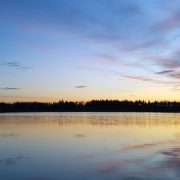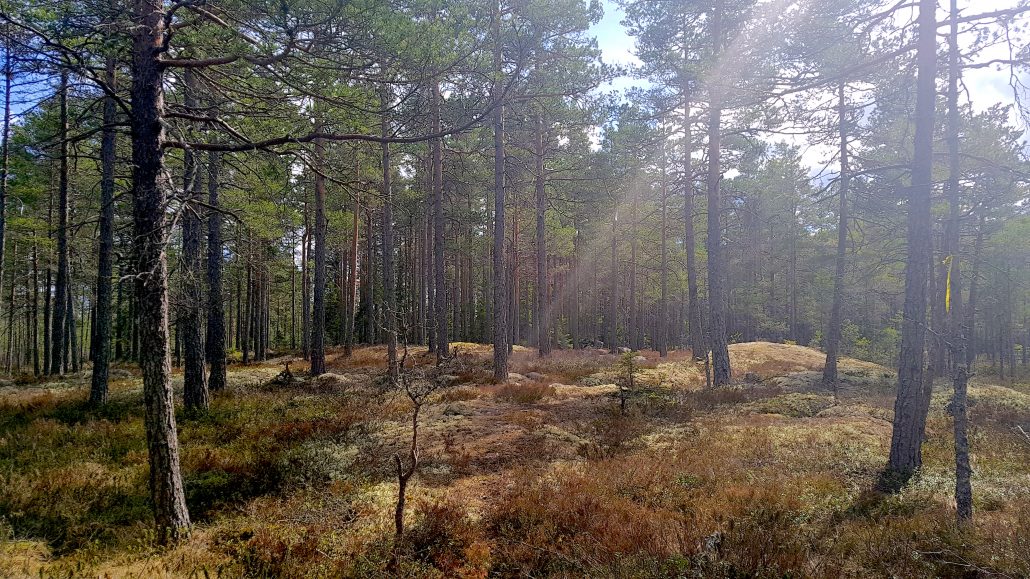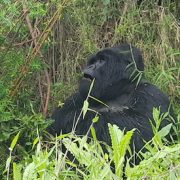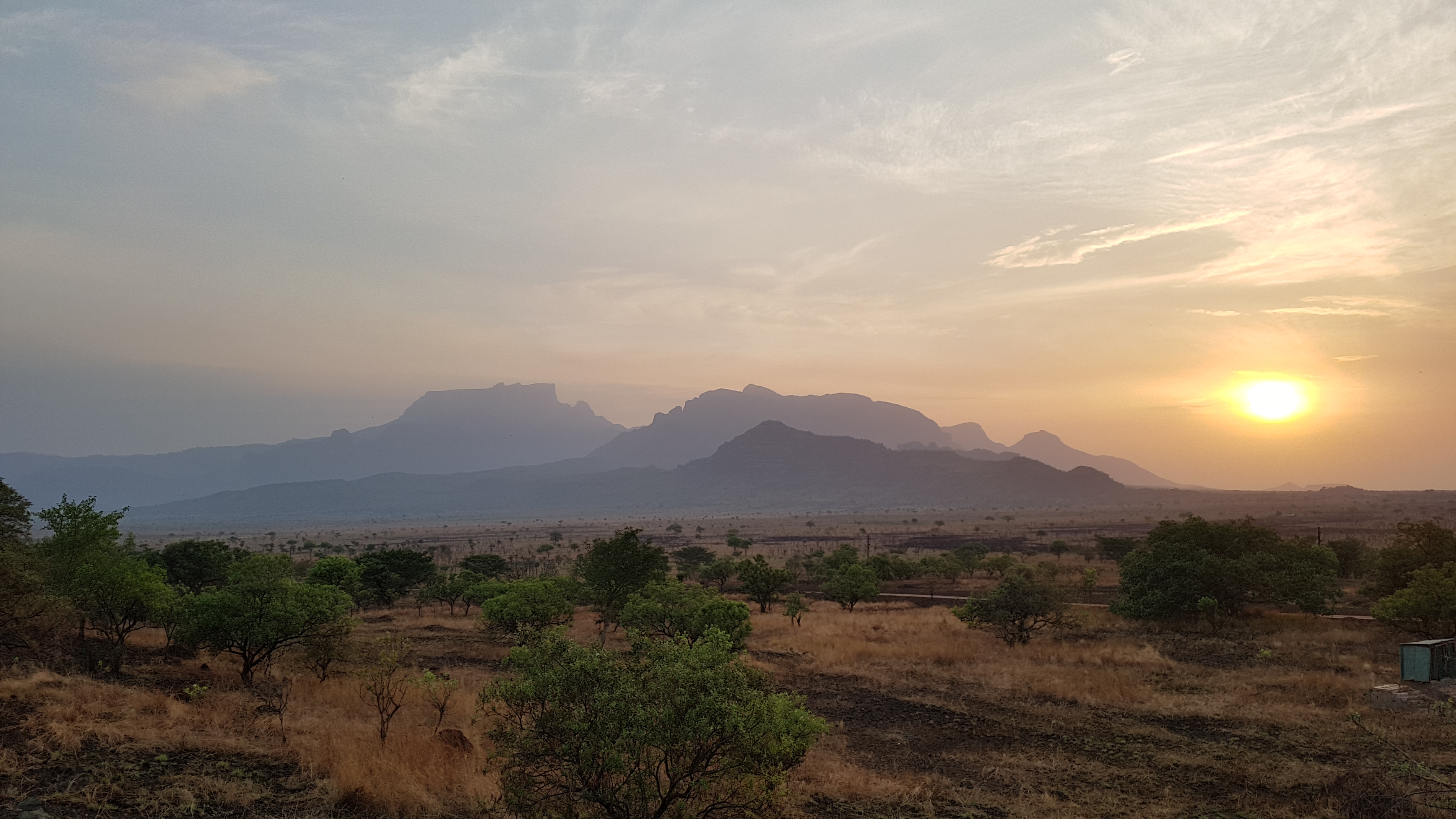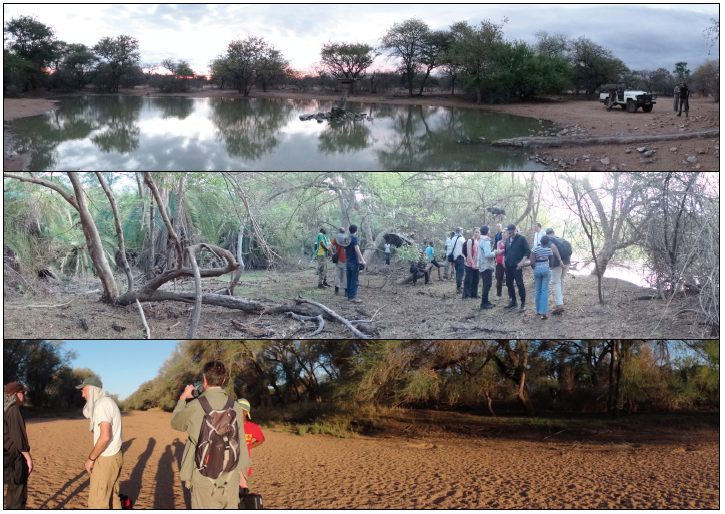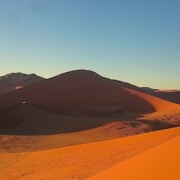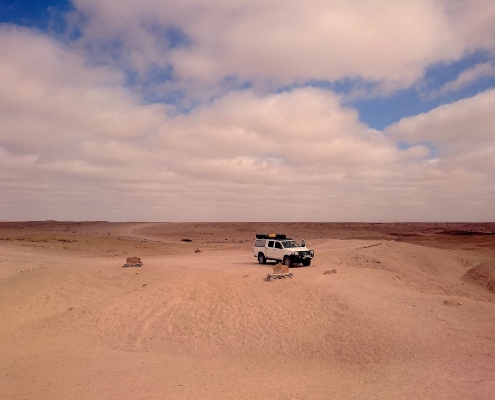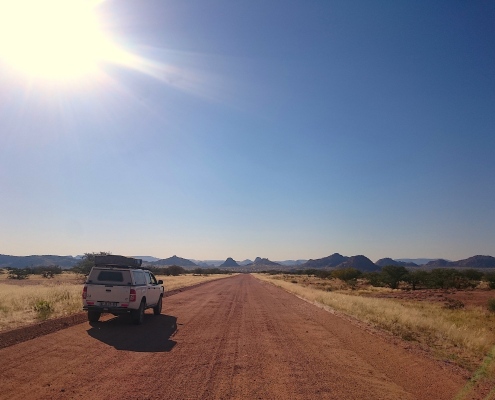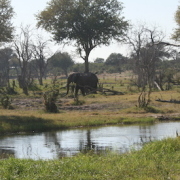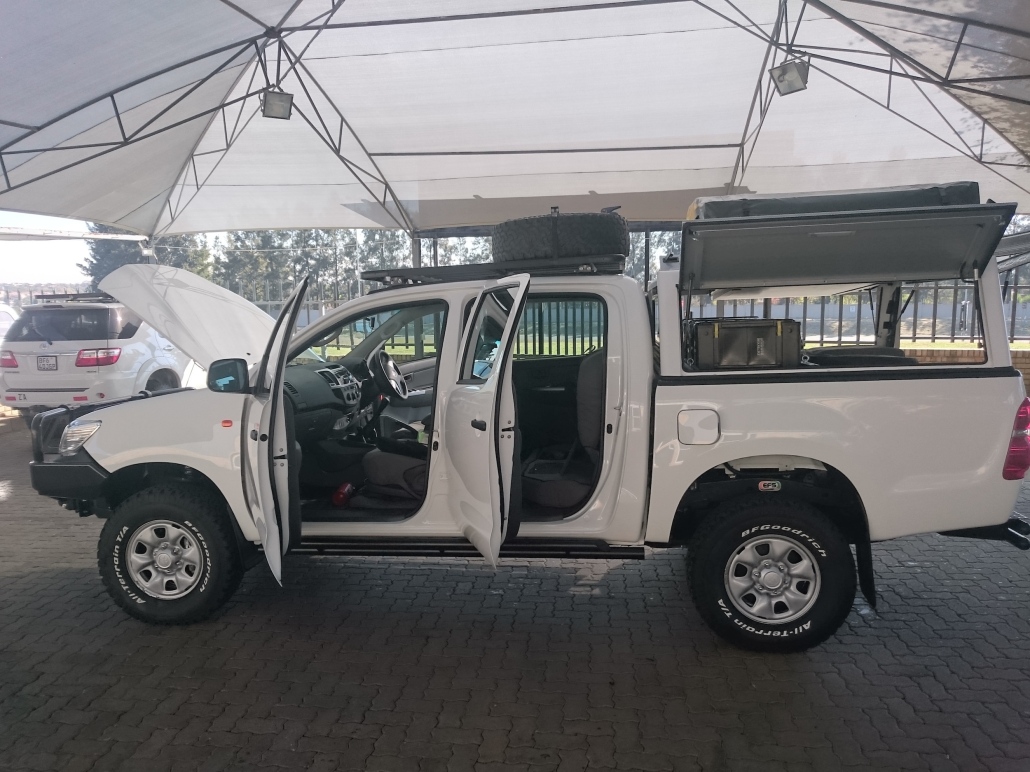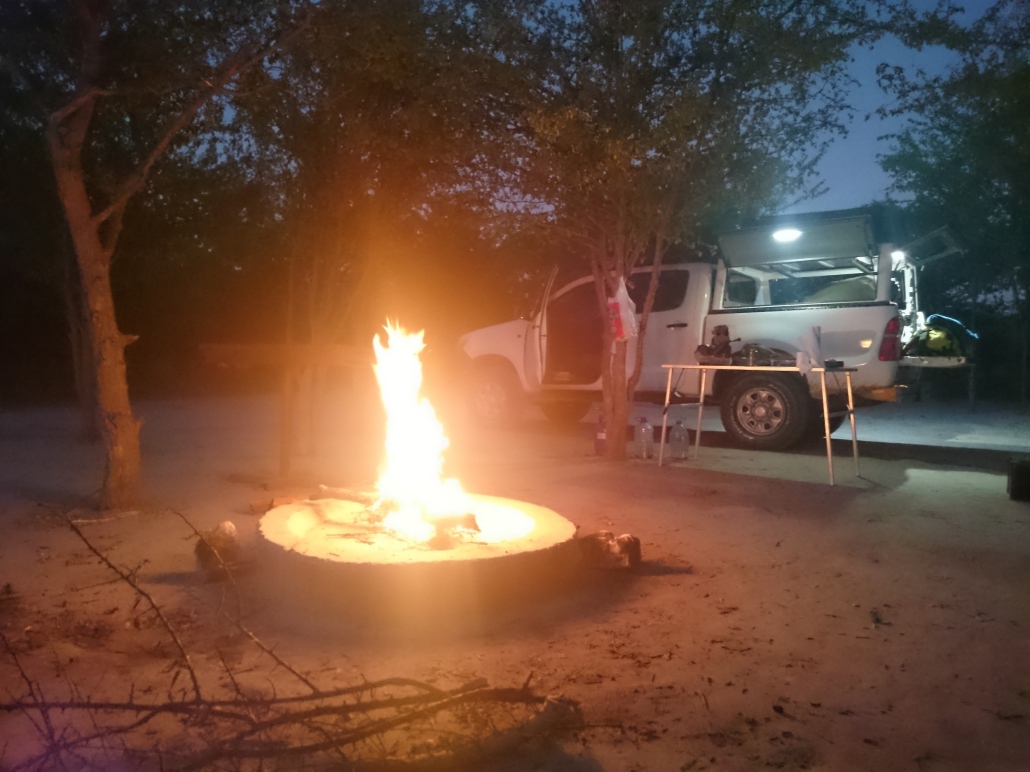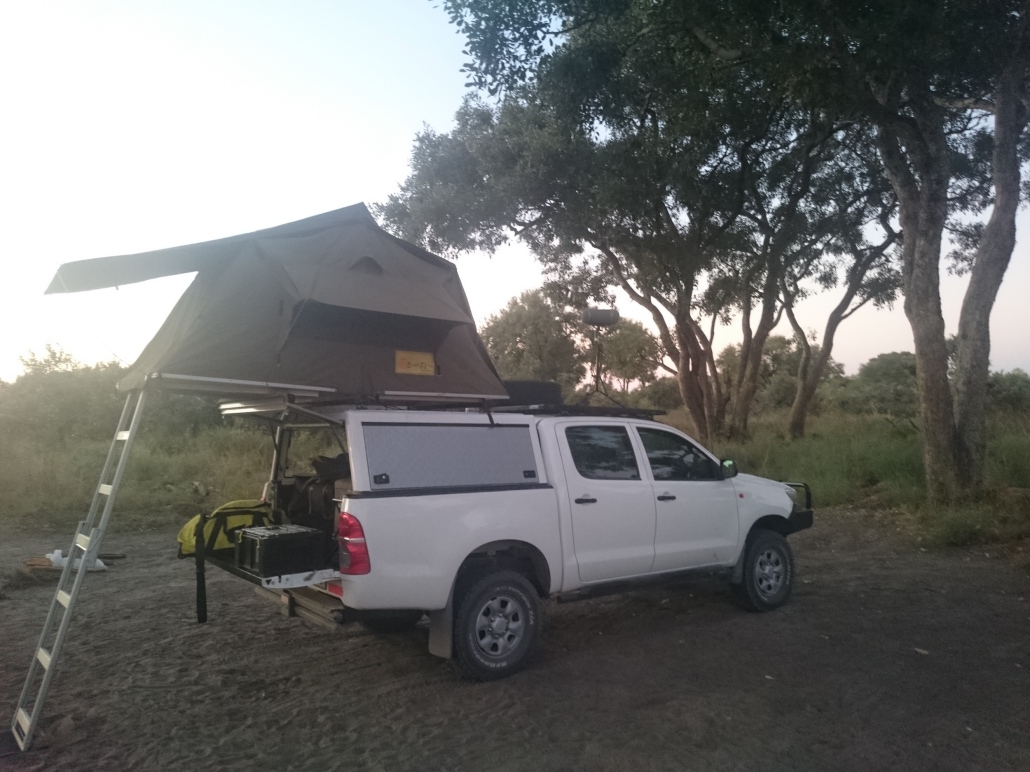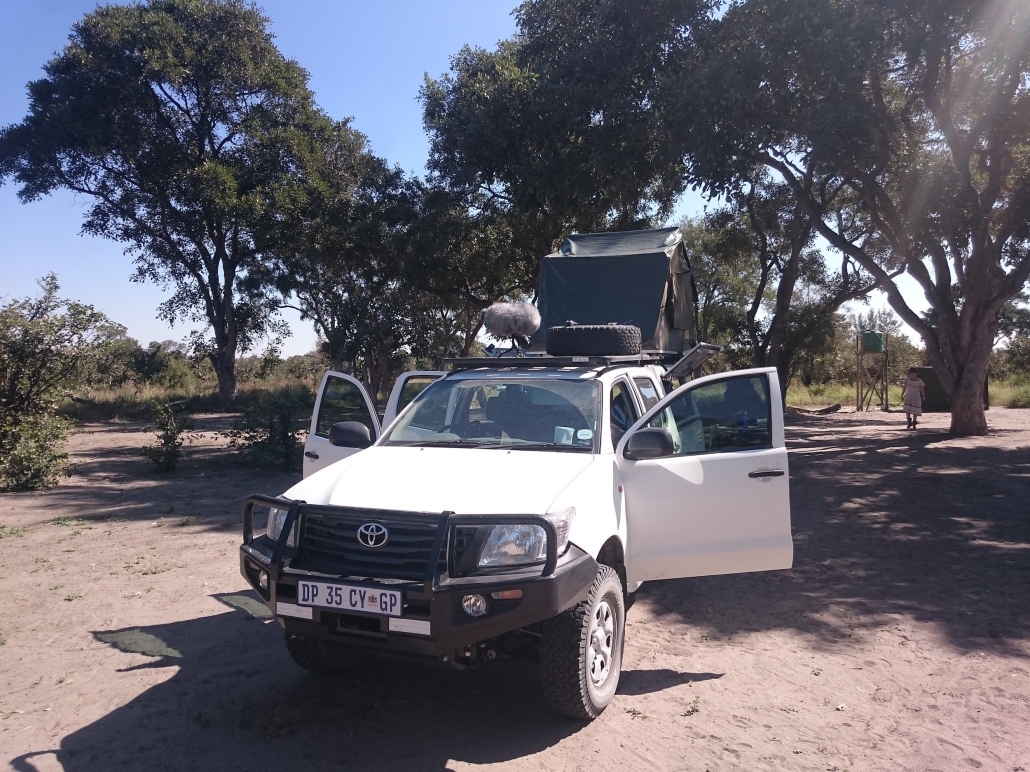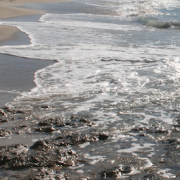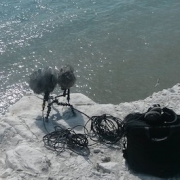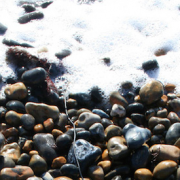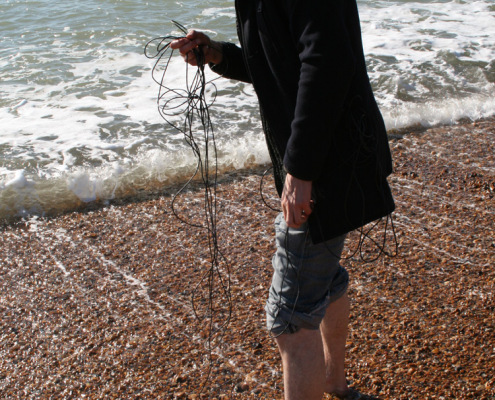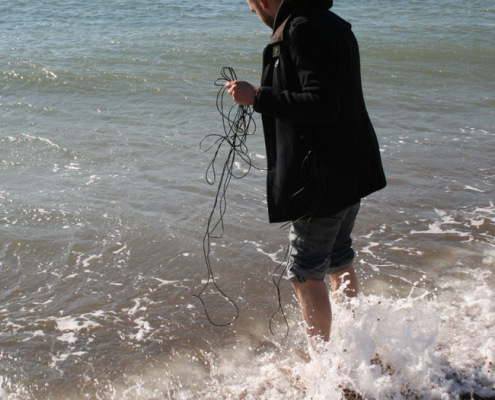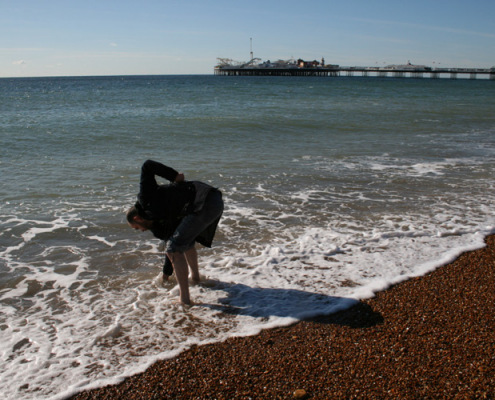Tomorrow my plane leaves for Zimbabwe. I’ve planned a 4 months trip through southern Africa, with the aim of recording wildlife and nature sounds. Besides Zimbabwe, I’ll visit Botswana, Namibia and South Africa, and I literally want to record anything I can – I have no specific goal to record a type of species or sound, and neither do I have a particular end product in mind. It’s simply about the joy of recording, and hopefully finding places that aren’t as infested by manmade noise as Western Europe is. As you can imagine though, there are a number of potential problems and pitfalls that I’ve tried to address before setting off, in order to get an as good result as I possibly can.
Problem 1 – The best nature and wildlife sound recording happens when you understand your environment
I have never been to Africa, and I know nothing about the habitats and wildlife of the countries and natural parks I am visiting. I have seen nature documentaries, but that is about the extent of my ‘knowledge’. I could go and plant my mics and see what happens, but I want to take it beyond that and try to have a better understanding of what I am recording, and how to record it.
For that reason, my time in Zimbabwe will be spent taking a 55 days professional safari guide course. This is a very intensive, 7 days a week training program, after which you get the opportunity to try and pass an exam. If you pass, you are awarded a Level 1 Field Guide certificate, accredited by the Field Guide Association of Southern Africa (FGASA). In other words, you can then work as a junior safari guide. Have a look here for the full overview of what is being taught in this 2 months course.
I have no intention to change my career to become a safari guide, but I am very interested in the knowledge taught at this course. It includes subjects such as animal behaviour, ecology, geology, plants and grasses, weather and climate, astronomy – it’s incredibly diverse as it’s intended to steamroll you into having general knowledge about the environment and the wildlife of southern African countries. We’ll spend multiple hours in the bush every day, both on foot and in a vehicle, setting off twice a day, just before dawn and a few hours before dusk, with theory classes taught back at the camp as well.
While I will not be Mr Super Survival Man & The Ultimate Field Guide Expert after a mere two months of intense training, it should hugely increase my knowledge about the places that I am visiting after the course. With a bit of luck, I can also get some sound recording in while there.
This photo was taken at the Nakavango centre in Zimbabwe, where the field guide course takes place
Image credit Nakavango Conservation Centre
Read more

